Exploring the Rich Ecosystems of Everglades National Park
When you step into the vast expanse of Everglades National Park, you are not just entering a park; you are immersing yourself in a rich tapestry of ecosystems that have thrived for centuries. The park is a living, breathing entity, a mosaic of wetlands, mangrove forests, and prairies that support a dazzling array of plant and animal life.
As you venture deeper into the heart of the Everglades, you will encounter a world unlike any other. Here, alligators glide through the murky waters, manatees lazily swim in the shallows, and the elusive Florida panther prowls through the dense undergrowth. Each species plays a vital role in the delicate balance of this unique ecosystem, showcasing the interconnectedness of life in the wild.
Wetlands and mangrove forests form the backbone of the Everglades, acting as the lifeblood of the park. These habitats not only provide shelter and sustenance for a myriad of creatures but also serve as nature's filters, purifying the water that flows through them. In a world threatened by rising sea levels and extreme weather events, the protective barrier of mangroves stands as a shield against the forces of nature.
For bird enthusiasts, the Everglades are a paradise beyond compare. Countless avian species call this park home, from majestic herons to colorful warblers, creating a symphony of sounds and colors that dance across the sky. The park serves as a crucial stopover for migratory birds, offering them a safe haven to rest and refuel on their long journeys.
However, the Everglades face numerous threats that jeopardize the delicate balance of this ecosystem. Habitat loss, invasive species, pollution, and water management issues pose significant challenges to the park's long-term survival. Despite these challenges, dedicated conservationists are working tirelessly to restore and protect this natural wonder, ensuring that future generations can continue to marvel at its beauty.
As you explore the wonders of Everglades National Park, you will find a plethora of recreational activities to engage in. Whether you choose to paddle through the winding waterways, hike along scenic trails, or join a guided tour led by knowledgeable rangers, the park offers endless opportunities to connect with nature and create lasting memories.
For those eager to delve deeper into the mysteries of the Everglades, the park's visitor centers and educational programs provide valuable insights into the importance of wetlands conservation and the intricate web of life that sustains this unique ecosystem. Through interactive exhibits, guided walks, and informative talks, visitors can gain a deeper appreciation for the wonders that lie within the park's boundaries.
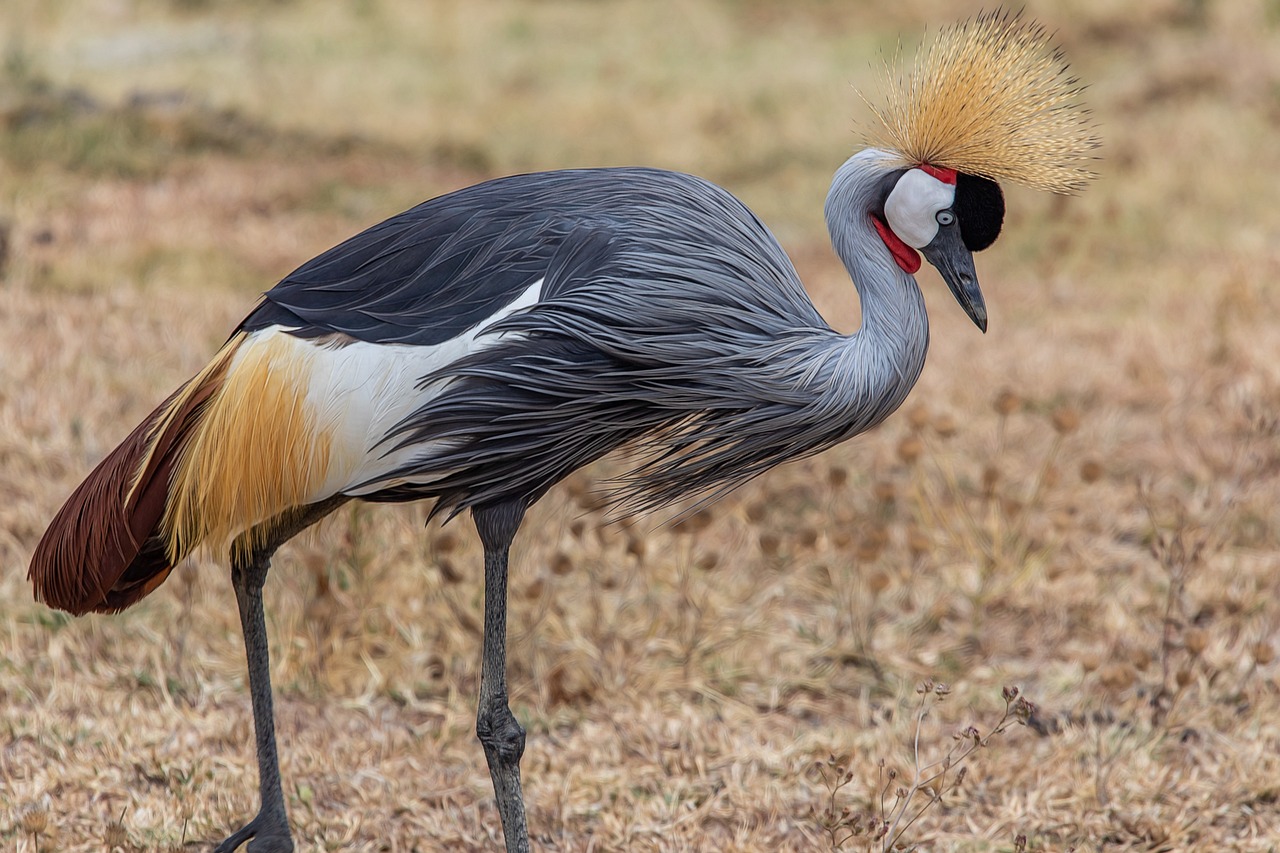
The History of Everglades National Park
Everglades National Park, established in 1947, stands as a testament to the rich history and unique geographical features of the region. Spanning over 1.5 million acres in southern Florida, the park was created to protect the diverse ecosystems of the Everglades, including wetlands, mangrove forests, and sawgrass marshes. The establishment of the park marked a significant milestone in the conservation movement, recognizing the importance of preserving these vital habitats for future generations.
The history of Everglades National Park is deeply intertwined with the challenges posed by human intervention and climate change. Over the years, the park has faced threats from agricultural development, urban encroachment, and water management practices that have disrupted the natural flow of water through the region. These challenges have led to a decline in water quality, loss of habitat, and a decline in wildlife populations, underscoring the need for ongoing conservation efforts.
Despite these challenges, Everglades National Park remains a beacon of hope for conservationists and nature enthusiasts alike. Its designation as a UNESCO World Heritage Site in 1979 further solidified its importance on a global scale, recognizing the park as a vital ecosystem that must be protected and preserved for future generations to enjoy.

Flora and Fauna Diversity
The Everglades National Park is home to a remarkable diversity of flora and fauna, showcasing the intricate balance of nature within its unique ecosystem. The park's rich biodiversity is a testament to the importance of preserving and protecting such vital habitats. From towering cypress trees to delicate orchids, the plant life in the Everglades is as varied as it is stunning. Similarly, the animal kingdom thrives in this lush environment, with iconic species like the American alligator, the gentle manatee, and the elusive Florida panther calling the park home.
One of the most fascinating aspects of the Everglades is its ecological interconnectedness, where each species plays a crucial role in the overall health of the ecosystem. The wetlands and mangrove forests of the park provide essential habitat for a myriad of wildlife, acting as nurseries for fish, filtering water to maintain water quality, and serving as a buffer against storm surges. These habitats are not only vital for the survival of the species within them but also contribute to the overall health of the Everglades ecosystem.
For bird enthusiasts, the Everglades offer a birdwatcher's paradise, with over 360 species of birds recorded within the park. From majestic raptors soaring overhead to colorful wading birds stalking the shallows, the diversity of avian species is a testament to the importance of the Everglades as a stopover point for migratory birds. Birdwatching in the park provides a unique opportunity to witness the beauty and grace of these winged creatures in their natural habitat.
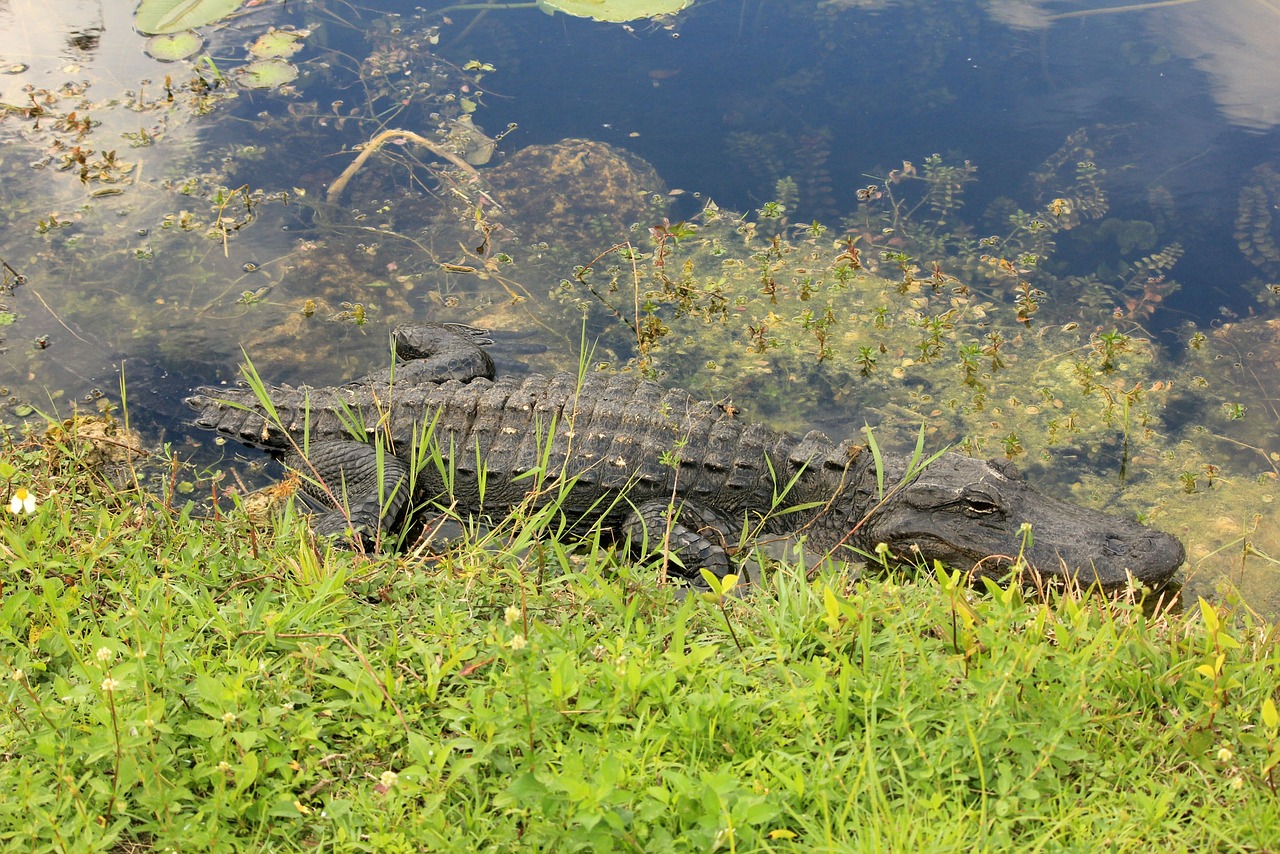
Wetlands and Mangrove Forests
The of Everglades National Park play a vital role in sustaining the rich ecosystem of this unique wilderness. The expansive wetlands act as a natural filter, purifying water and providing a habitat for a diverse range of plant and animal species. Mangrove forests, with their intricate root systems, offer protection against erosion and serve as nurseries for various marine life, contributing to the overall health of the ecosystem.
These wetlands and mangrove forests are not just picturesque landscapes but are essential components that support the delicate balance of life within the Everglades. The wetlands act as a sponge, absorbing excess water during the rainy season and slowly releasing it during drier periods, preventing flooding and maintaining water levels critical for the survival of wildlife. The mangrove forests serve as a barrier against storm surges, protecting the inland areas from the destructive forces of hurricanes and tropical storms.
Within the wetlands, a complex web of life thrives, from microscopic algae to large wading birds. The interplay between the vegetation, water, and wildlife creates a dynamic and interconnected ecosystem that is highly sensitive to changes in its environment. Preservation of these wetlands and mangrove forests is crucial not only for the survival of the species that call them home but also for the overall health of the Everglades ecosystem.
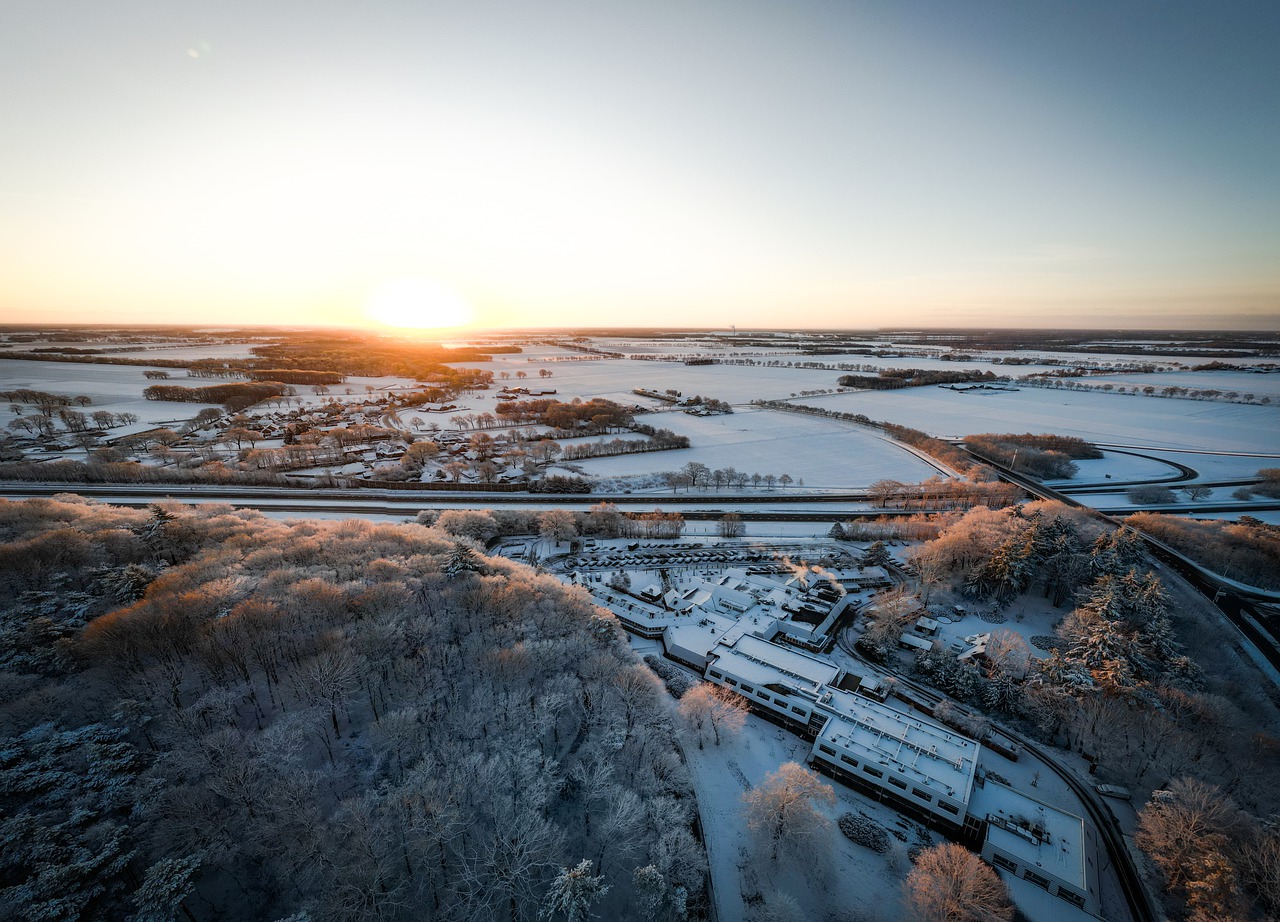
Birdwatching and Avian Species
Birdwatching in Everglades National Park is a truly captivating experience, offering enthusiasts the opportunity to observe a diverse range of avian species in their natural habitat. The park is home to over 360 species of birds, making it a haven for birdwatchers from around the world. From majestic wading birds like herons and egrets to colorful songbirds and birds of prey, the Everglades provide a rich tapestry of avian life to admire.
One of the most iconic birds found in the Everglades is the Roseate Spoonbill, known for its vibrant pink plumage and distinctive spoon-shaped bill. These elegant birds can often be seen wading through the shallow waters in search of fish and crustaceans, creating a picturesque sight for birdwatchers. Additionally, the park is frequented by the graceful Wood Stork, the endangered Snail Kite, and the majestic Bald Eagle, offering birdwatchers a chance to spot these remarkable creatures in their natural environment.
For avid birdwatchers, the Everglades present a unique opportunity to witness both resident and migratory species throughout the year. Whether exploring the park's vast wetlands, mangrove forests, or open prairies, visitors are sure to encounter a stunning array of feathered inhabitants. The park's diverse habitats provide a crucial refuge for birds, highlighting the importance of preserving these ecosystems for future generations to enjoy.
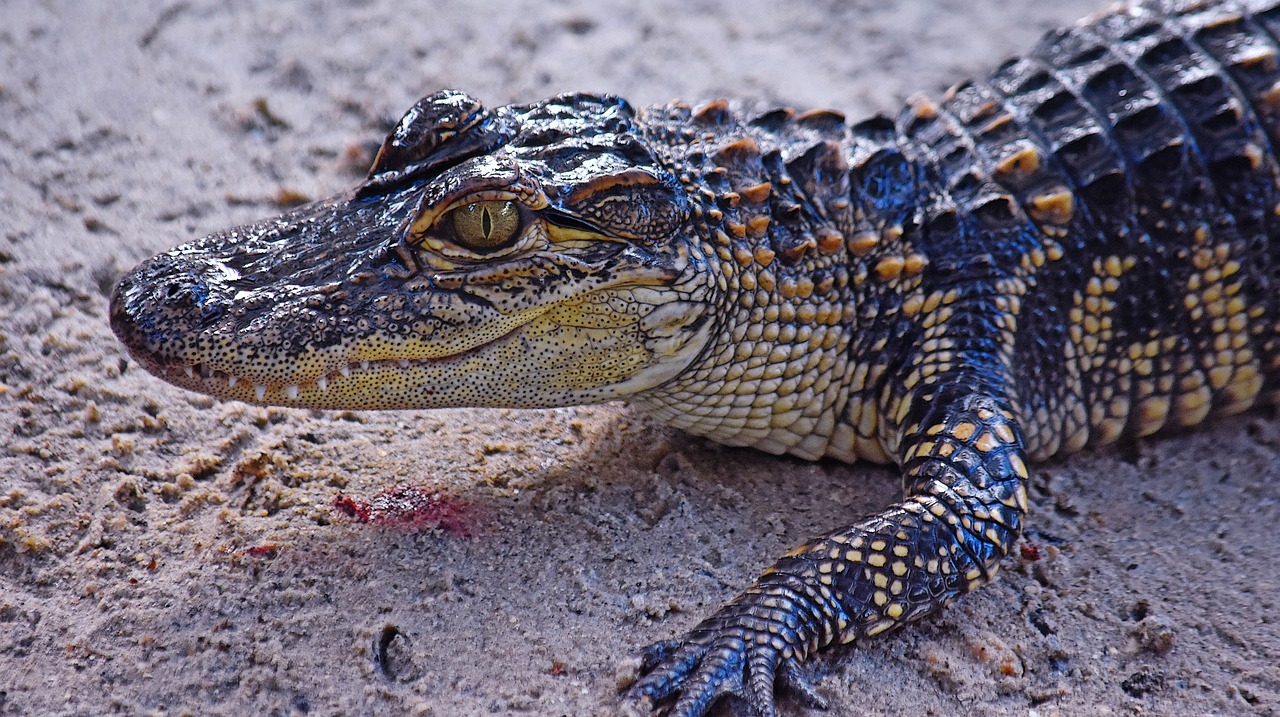
Threats to the Ecosystem
Everglades National Park, despite its beauty and ecological significance, faces a myriad of threats that endanger its delicate ecosystem. One of the primary challenges is habitat loss, primarily due to urban development and agriculture encroaching on the park's boundaries. This loss of habitat disrupts the natural balance and leads to the displacement of native species, affecting the overall biodiversity of the park.
Invasive species pose another significant threat to the Everglades ecosystem. Species like the Burmese python have wreaked havoc on native wildlife populations, preying on species such as birds, mammals, and reptiles. These invasive species outcompete native species for resources, further destabilizing the ecosystem.
Pollution, both from agricultural runoff and urban sources, also poses a grave threat to the Everglades. Contaminants like pesticides, fertilizers, and heavy metals find their way into the park's waterways, impacting water quality and harming aquatic life. Additionally, pollution can have long-lasting effects on the health of the ecosystem, affecting both flora and fauna.
Water management issues are another pressing concern for the Everglades. Altered water flow patterns, primarily due to drainage and flood control projects, have disrupted the natural hydrology of the park. This disruption affects the distribution of water throughout the ecosystem, impacting plant growth, wildlife habitats, and overall ecosystem health.
Addressing these threats requires a multifaceted approach that involves collaboration between government agencies, conservation organizations, and the public. By raising awareness about the importance of preserving the Everglades and implementing sustainable conservation practices, we can work towards safeguarding this unique ecosystem for future generations.

Restoration Efforts
Restoration efforts in Everglades National Park are crucial to preserving the delicate balance of its unique ecosystem. These efforts focus on various projects aimed at mitigating the impacts of human intervention and restoring the natural habitats of the park. One significant restoration initiative is the Comprehensive Everglades Restoration Plan (CERP), a long-term project that aims to improve water flow and quality throughout the Everglades.
CERP involves a series of engineering projects, including the construction of reservoirs and stormwater treatment areas, to mimic the natural water flow patterns that have been disrupted by human development. By restoring the natural hydrological conditions of the Everglades, CERP seeks to replenish wetlands, improve water quality, and enhance habitat for wildlife.
In addition to CERP, there are ongoing efforts to control invasive species that threaten the native flora and fauna of the Everglades. Invasive species like the Burmese python have had devastating effects on the park's ecosystem, outcompeting native species and disrupting the natural food chain. Restoration projects aim to remove or manage these invasive species to allow native plants and animals to thrive once again.
Furthermore, restoration efforts in the Everglades focus on habitat restoration and enhancement to benefit endangered species like the Florida panther and the West Indian manatee. By creating protected areas and corridors for these species to move and thrive, conservationists aim to ensure the long-term survival of these iconic animals in the park.
Overall, restoration efforts in Everglades National Park are a testament to the dedication of conservationists and scientists to preserve one of the most diverse ecosystems in the United States. Through collaborative projects and innovative solutions, the restoration of the Everglades ecosystem continues to progress, ensuring a sustainable future for this natural wonder.
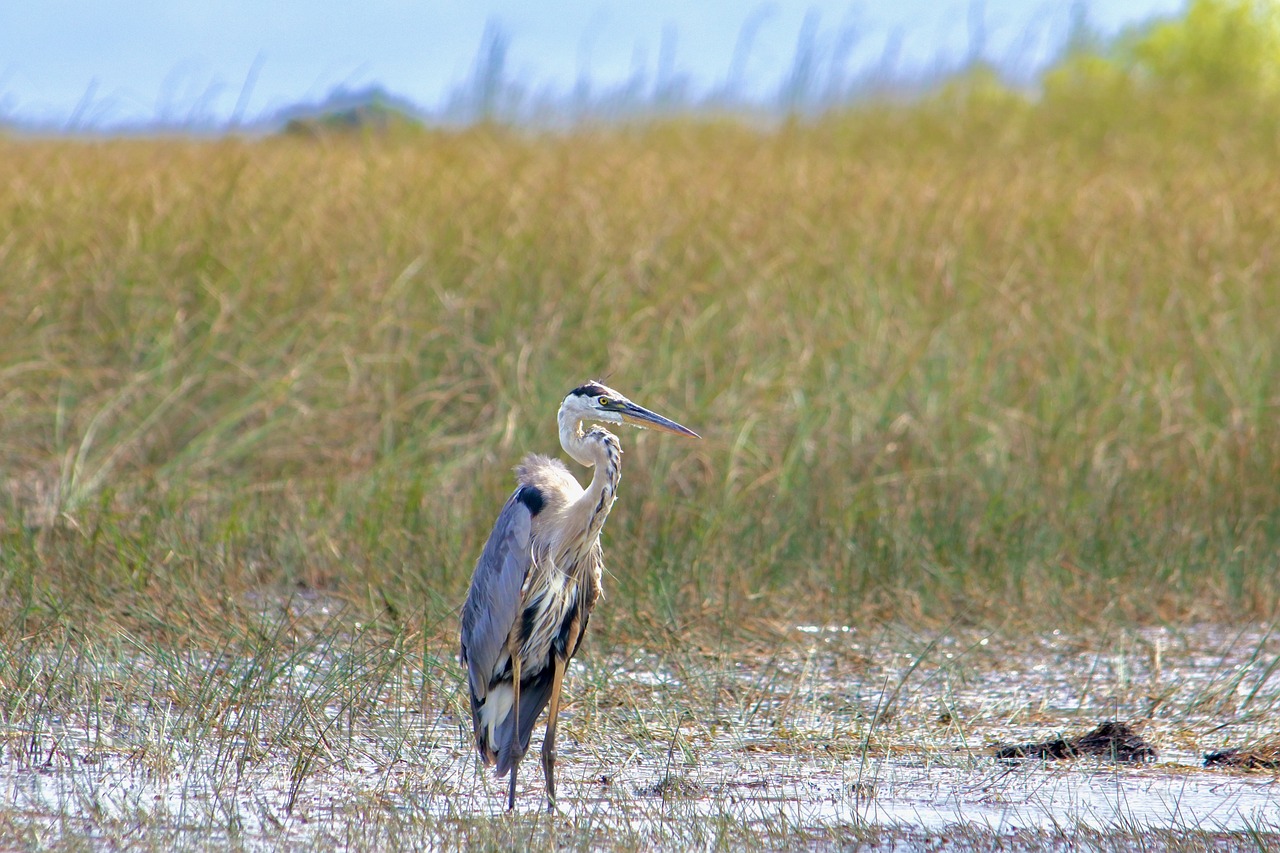
Recreational Activities
When it comes to recreational activities, Everglades National Park offers a plethora of opportunities for visitors to immerse themselves in the beauty of the natural surroundings. One of the most popular activities is kayaking, allowing adventurers to navigate the park's waterways and observe wildlife up close. Whether you're a novice or an experienced kayaker, the park's diverse ecosystems provide a unique paddling experience that is both serene and exhilarating.
For those who prefer exploring on foot, hiking trails wind through various habitats, offering glimpses of different plant and animal species along the way. From lush mangrove forests to open prairies, hikers can discover the rich biodiversity of the Everglades while enjoying the sights and sounds of nature. Guided tours are also available for those seeking expert insight into the park's history, ecology, and conservation efforts.
Birdwatching enthusiasts will find themselves in paradise at Everglades National Park, with over 360 bird species recorded within its boundaries. The park's diverse habitats attract a wide variety of avian species, making it a prime destination for birdwatchers of all levels. From colorful wading birds to majestic birds of prey, the Everglades offer endless opportunities for birdwatching and photography.
Additionally, fishing is a popular recreational activity in the park, with both freshwater and saltwater fishing opportunities available. Anglers can try their luck at catching a variety of fish species, including snook, tarpon, and bass, while enjoying the peaceful surroundings of the park's waterways. Fishing regulations apply, so be sure to check the latest guidelines before casting your line.
For a more immersive experience, camping facilities are available for visitors who wish to spend a night under the stars in the heart of the Everglades. Camping allows guests to fully appreciate the tranquility of the park after dark, with the sounds of nocturnal wildlife adding to the sense of adventure. Campgrounds offer basic amenities for a comfortable stay, allowing visitors to connect with nature in a unique and memorable way.
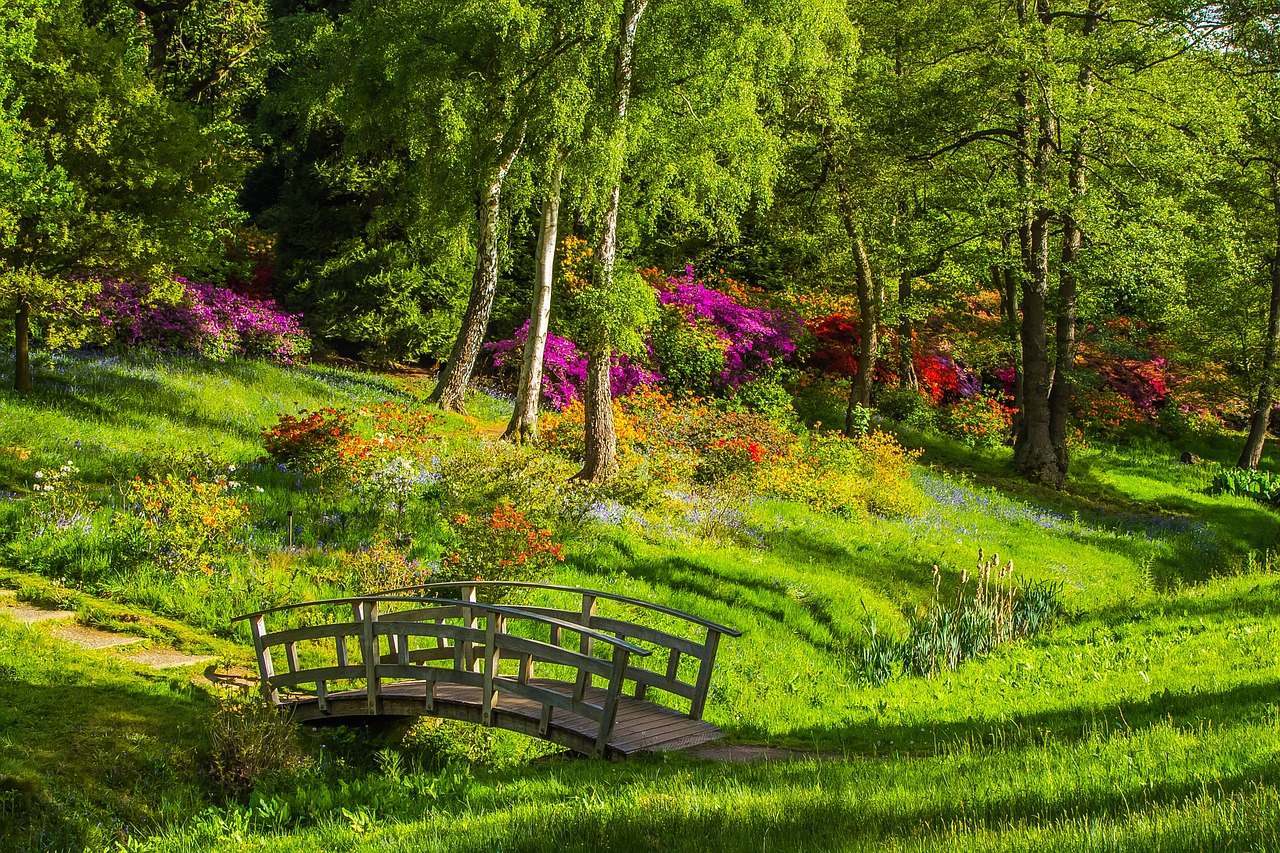
Visitor Centers and Educational Programs
Visitor Centers in Everglades National Park serve as gateways to understanding the unique ecosystems and conservation efforts within the park. These centers provide visitors with valuable information about the flora, fauna, and ongoing restoration projects. One of the prominent visitor centers is the Ernest F. Coe Visitor Center, located at the park's main entrance. Here, visitors can interact with exhibits, watch educational films, and speak with park rangers to learn about the importance of wetlands preservation.
Another notable visitor center is the Shark Valley Visitor Center, offering panoramic views of the Everglades from a 65-foot observation tower. This center focuses on the park's wildlife and offers guided tram tours for a closer look at the diverse habitats and species that thrive in the park. Educational programs at these centers include ranger-led talks, guided walks, and interactive displays that engage visitors of all ages in learning about the delicate balance of the Everglades ecosystem.
Frequently Asked Questions
- What is the best time of year to visit Everglades National Park?
The best time to visit Everglades National Park is during the dry season, which typically runs from November to March. This time of year offers pleasant weather, lower humidity, and fewer mosquitos, making it ideal for outdoor activities like hiking, birdwatching, and kayaking.
- Are there guided tours available in Everglades National Park?
Yes, there are guided tours available in Everglades National Park that offer visitors the opportunity to explore the park with knowledgeable guides. These tours can provide insights into the park's ecosystems, wildlife, and conservation efforts, enhancing the overall visitor experience.
- What wildlife can I expect to see in the Everglades?
The Everglades is home to a diverse range of wildlife, including alligators, manatees, dolphins, various bird species, and the endangered Florida panther. Visitors may also encounter snakes, turtles, and a variety of fish species while exploring the park.
- How can I support conservation efforts in the Everglades?
Visitors can support conservation efforts in the Everglades by following park rules and regulations, practicing Leave No Trace principles, participating in volunteer programs, and donating to organizations dedicated to preserving the park's unique ecosystems and wildlife.
- What are some popular recreational activities in Everglades National Park?
Popular recreational activities in Everglades National Park include kayaking, canoeing, hiking, birdwatching, fishing, and wildlife photography. These activities allow visitors to immerse themselves in the natural beauty of the park and experience its diverse ecosystems up close.


















